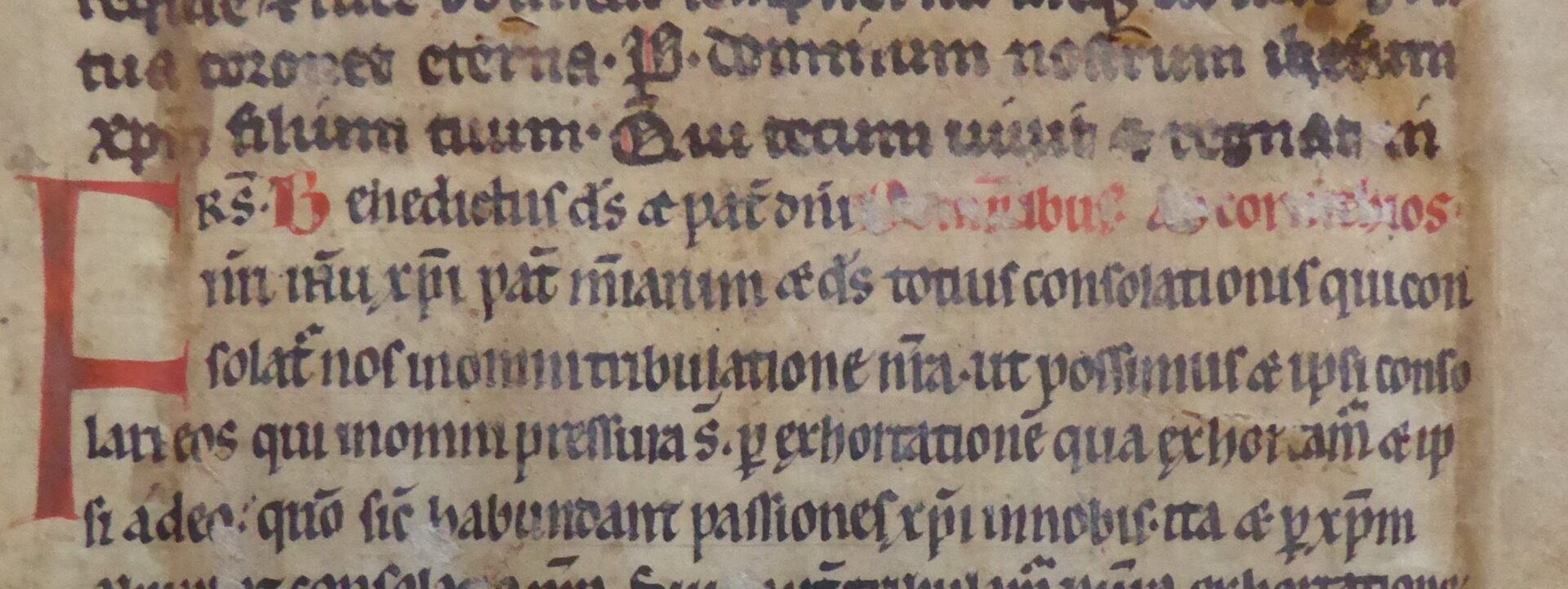
Chloe Butt
University of Kent
Project title:
Saintly Experiences in the Byzantine World and Beyond: The Transmission and Reception of Hagiography in Medieval Europe

Project Summary:
Chloe is currently working on the ‘Saints and Scholars’ project as part of the Knowledge Orders before Modernity programme. Her research revolves around the literary output surrounding saints, in particular hagiography (Saints’ Lives), ranging from the Late Antique period, through the Early Medieval, and into the Middling Medieval centuries (a span of roughly eight to nine centuries). Her thesis explores how a saint’s Life might have behaved like a unique tool for transmission, cultural communication, and scholarly interaction across Europe. Fundamentally, the project intends to be a steppingstone for reimagining our methodological approaches to studying the cult of saints and hagiographic circulation throughout Europe by striving to take into consideration all extant evidence of one saint into one comprehensive study. In turn, we can also trace changing scholarly and monastic practices of storytelling through cross-comparison of all the texts.
Currently, the focal case study for this project is a saint that is relatively unknown in the modern world, Saint Thais, originally a Byzantine saint who appears in our sources from the sixth century. In collecting every single medieval text about this saint together, the full picture of her dissemination throughout space and time comes into clearer focus. Despite her humble beginnings in the deserts of Egypt, the importance of her atonement for the rest of the Christian world became well entrenched and her story evidently spread far and wide. Furthermore, as she gradually moved from East to West, so too are we offered a window into the interactions of Byzantine and Western Roman cultures. By exploring both the original hagiographical texts of St Thais, including the manuscripts that bear witness to them, and the movement and subsequent translation of those stories, we can further our understanding of the complexities of medieval cross-cultural relationships.